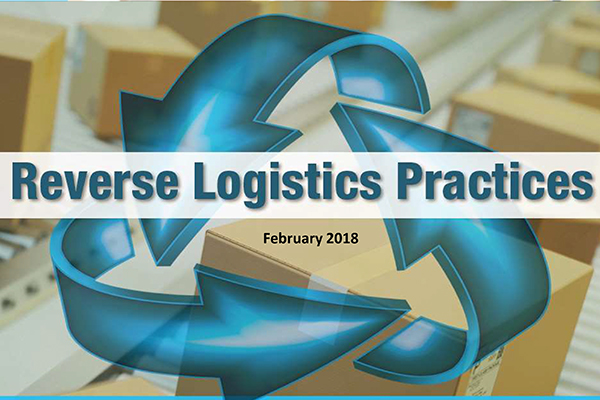Definition
A supply chain process dedicated to moving products and materials backward for returns, repairs, remanufacturing, or recycling.
Learn more about Reverse Logistics
The original Customer’s Bill of Rights featured 8 rights. But, given the proliferation of e-commerce today, should the right to return also be a customer right?
As reverse logistics becomes a bigger focus for brands, collaboration between stakeholders is becoming a must.
With more than 5,000 companies in the space, consolidation could be the word for 2024.
A Supply Chain Management Review/ Peerless Research Group survey finds that retailers are adapting but there is still work to be done on reverse logistics.
The National Retail Federation is acquiring the Reverse Logistics Association as it looks to bolster its circular economy advocacy.
Retailers that don’t consider product returns their biggest source of supply may want to rethink their reverse logistics approaches for 2023.
He is with OnProcess, a company that transforms supply chains that has been involved with the RLA since 2005.
So many companies want to tighten control over their 3PL returns processes. However, research suggests that the best approach may be to let go.
Returns are a proverbial mess for all but the most accomplished retailers. Going forward, part of a company’s reputation and success will be a reflection of the sophistication and responsiveness of their reverse logistics strategy and processes.
The reverse logistics supply chain has never been more important. Yet, different approaches to managing outsourced relationships can produce different results




